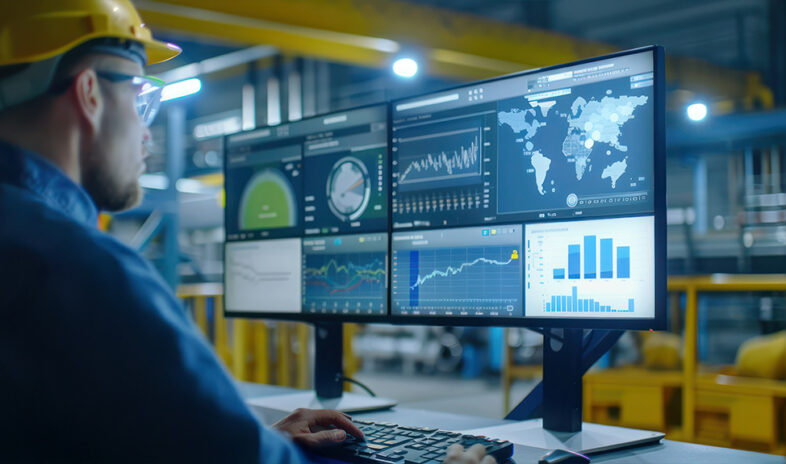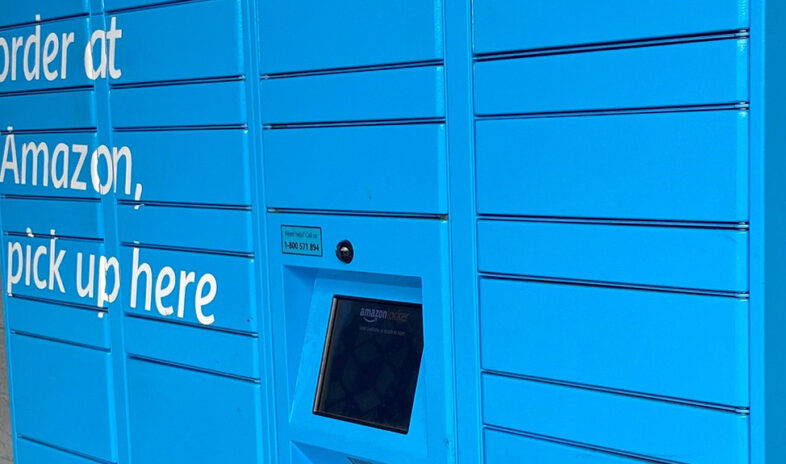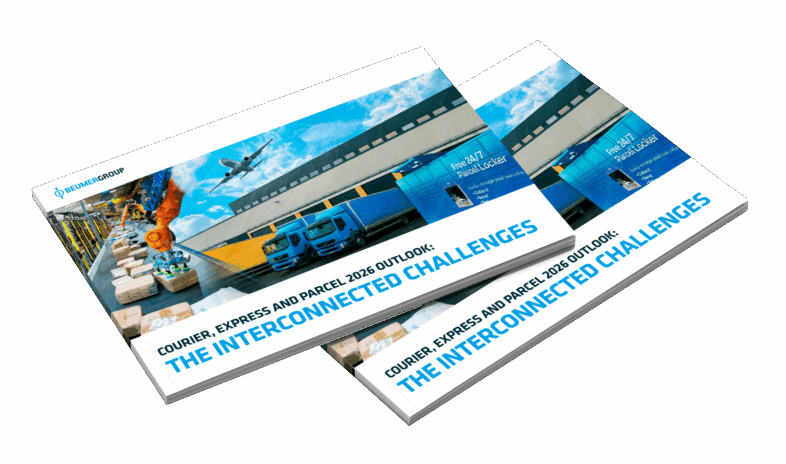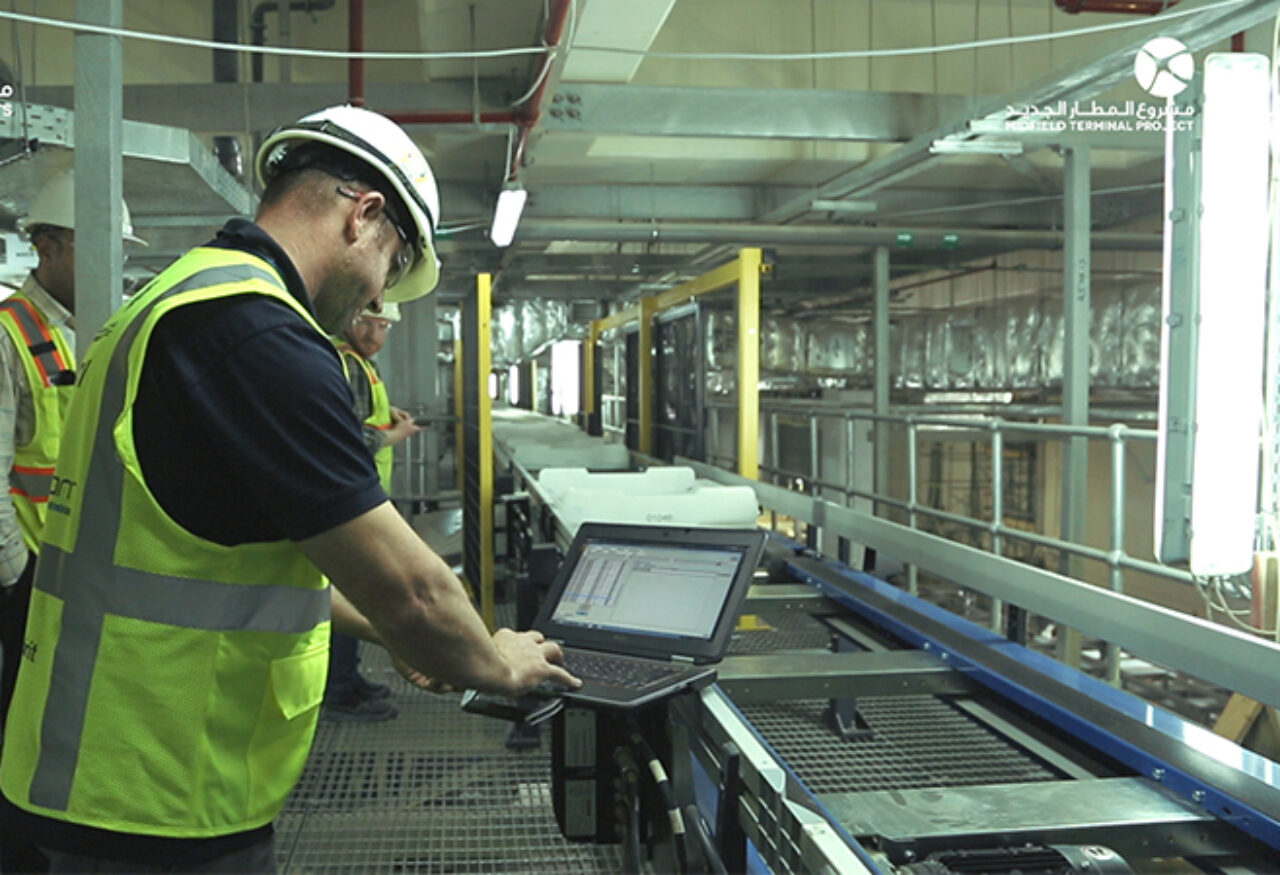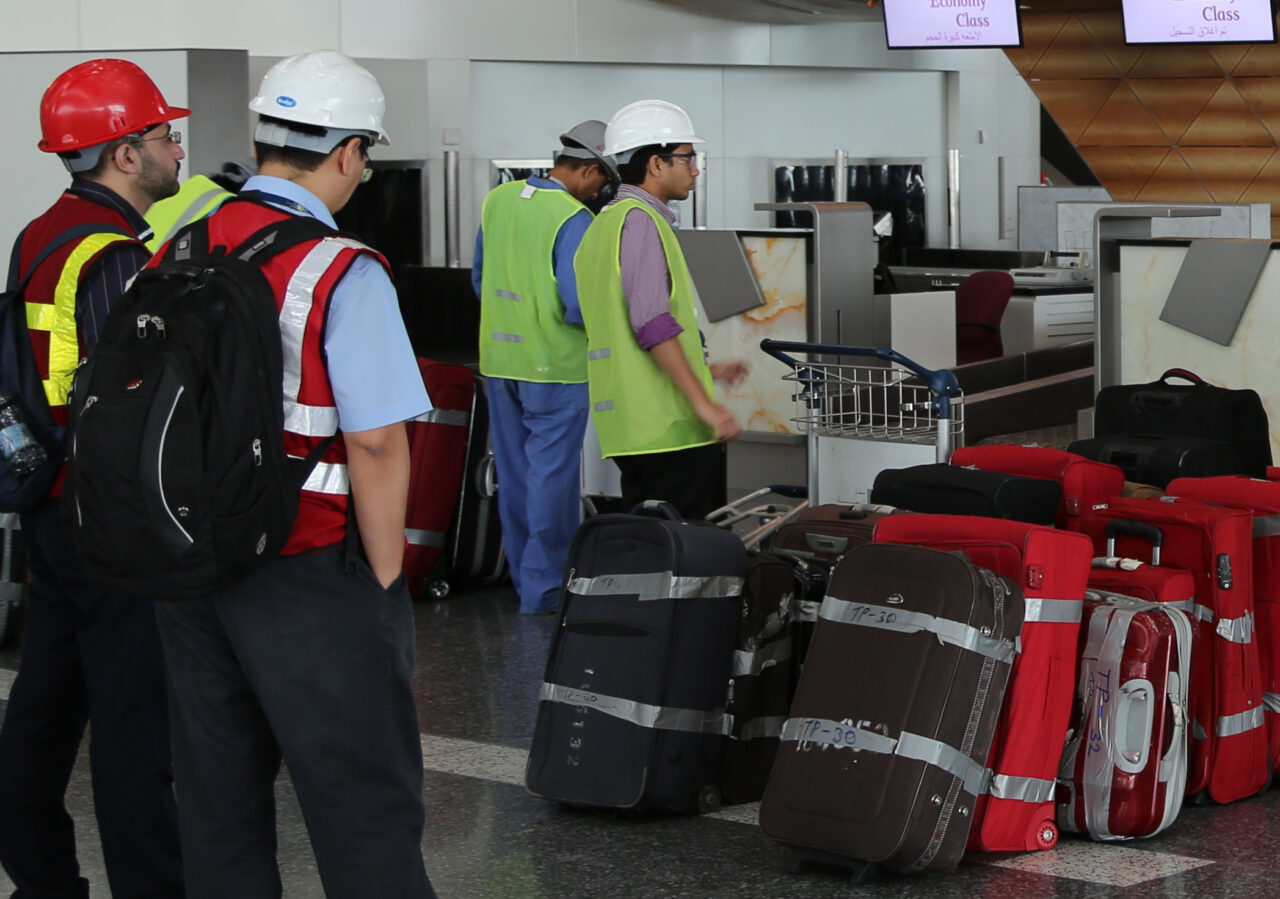Mass redundancies in 2020 and 2021 saw baggage handlers, including many skilled Baggage Handling System (BHS) workers, embark on new careers in other industries. By the time their jobs needed to be filled again, they had found new work, never to return.
Filling the vacancies proved difficult: workforce numbers remain 20-40 percent fewer than they were in 2019, forcing the sector to innovate.
Accordingly, baggage handling automation is a necessity at most airports more than ever. Whereas before, they were inclined to invest in systems operated by humans, now they want systems operated by machine
This article will look at what it takes to successfully implement baggage handling automation at airports, giving careful consideration to the following challenges:
- Building a BHS on a brownfield site
- Implementing a new BHS around live operations
- Testing and the ramp-up
- Resistance to change
BUILDING A BHS ON A BROWNFIELD SITE
Unlike greenfield projects, where the design and construction start with a blank page or plot, implementing a BHS on a brownfield site presents unique challenges that require careful planning and execution to either upgrade or integrate new systems into existing infrastructure.
Implementing a BHS into a building that wasn’t designed for the system is a huge challenge. It accordingly requires a comprehensive understanding of the current set-up, including its limitations and the potential for future expansion.
As the name ‘brownfield’ suggests, there might also be elements at play that are neither energy-efficient nor environmentally acceptable, and it is important to not add to the footprint, but rather optimise it. However, this is easier said than done, as it is very often impossible to add space.
Stakeholder engagement is key, as the implementation phase will likely impact other parts of the airport.
Only with a clear overview can the system designers come up with innovative solutions to seamlessly integrate the modern BHS technology without disrupting operations. This requires rigorous planning and testing of new system components within the live environment.

